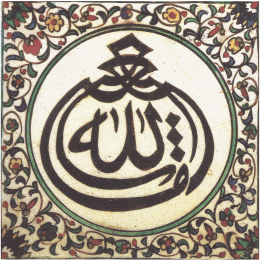Muslim Design Identities
This section is dedicated to Muslim design identities, which are of major significance in the religious-ethnic design identity of Jerusalem’s urban scene.
The impact of the Muslim identity is a result of two main factors. The first is due to the significance of artistic design and craftsmanship in Islamic culture. The second factor is a chronological-historical one. The 7th century Dome of the Rock and the 11th century al-Aqsa Mosque were followed by almost 700 years of continuous Islamic architectural presence. This extended period is divided into three major sub-periods. The first is the Mamluk era, in the 13th-16th centuries, with its intricate and decorative stone features in the monumental structures in and around the Haram al-Sharif/Temple Mount compound*.







